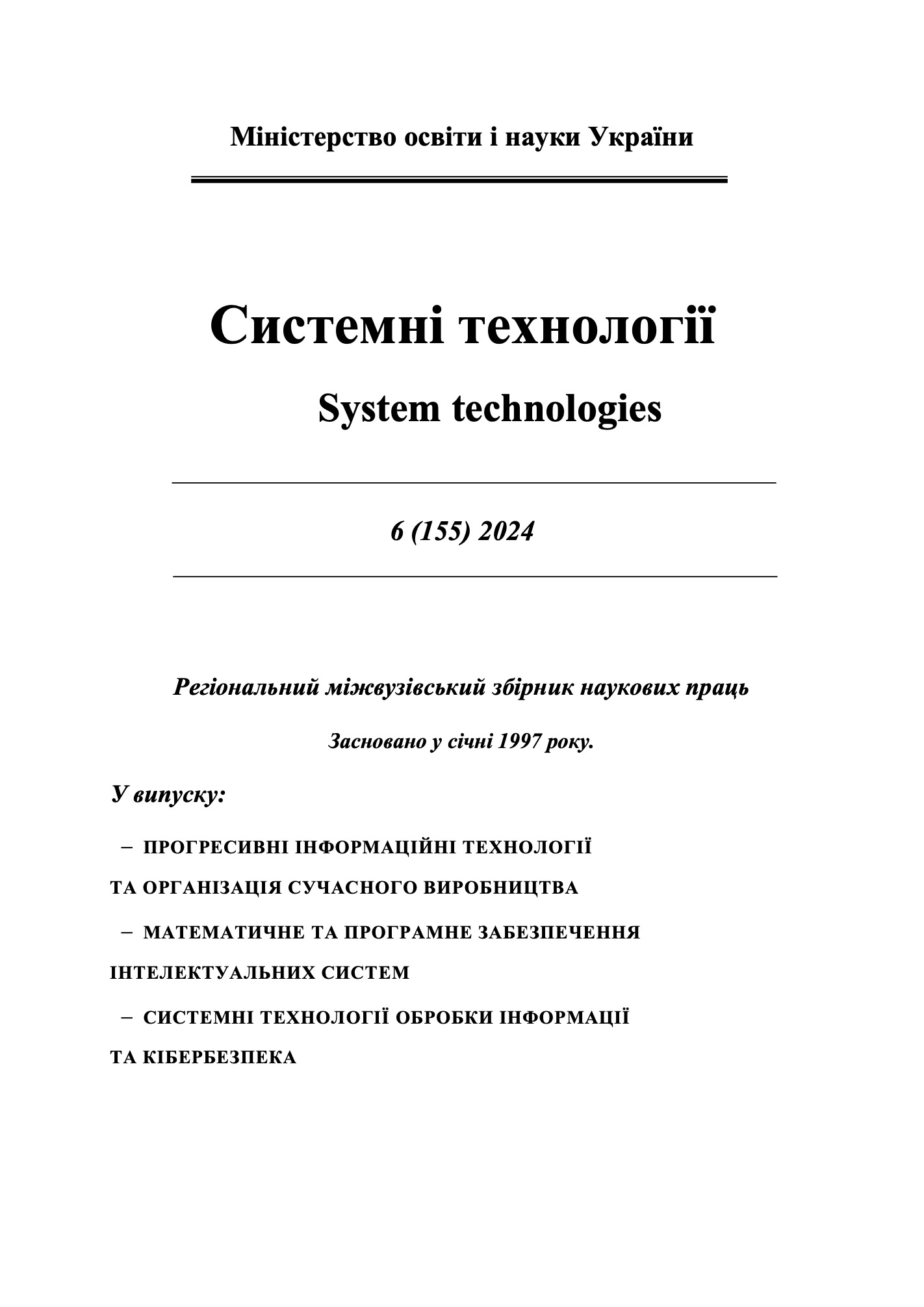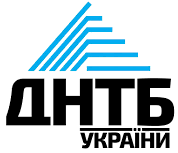Constructive-synthesizing modeling of the direct current traction power supply system
DOI:
https://doi.org/10.34185/1562-9945-6-155-2024-14Keywords:
constructive-synthesizing modeling, direct current traction, formal grammars, constructor, software, information technologies.Abstract
A general constructive-synthesizing model of the DC traction power supply section has been developed. The model can be used to solve a number of problems related to reducing electricity consumption in both railway and urban public electric transport. The developed model is focused on determining the availability and nomenclature of traction substation equipment and rational use of recuperation energy. However, it can also be applied to solve other problems related to the designs of the traction power supply system. An example of the formed scheme of a linear power supply section with three substations is given. The presented generalized model allows to form a set of potentially possible schemes of sections of the power supply system, which can serve as the basis for further constructive modeling: traction power supply modes and the state of the power grid, equipment location options and train situation, determination of expert conclusions on the use of recuperation energy on these models, formation of a neuro-fuzzy or neural network of decision-making and, based on them control constructor. The developed modeling method is based on the capabilities of the сonstructive-synthesizing modeling in a new subject area. The terminal alphabet is semantically filled with images of electrical equipment, traction network and electricity consumers with appropriate attributes. The constructive-synthesizing modeling specification has been performed, which allows taking into account a significant number of capabilities and features of modern equipment of traction power supply systems, traction network sections and train situation. The given indi-vidual case of forming a structural diagram demonstrates the capabilities of the constructive-synthesizing modeling in relation to a number of tasks.
References
Sablin O. Rational distribution of excess regenerative energy in electric transport systems on the basis of fuzzy logic application / O. Sablin, V. Kuznetsov, V. Shinkarenko, A. Ivanov // The archives of transport, 42(2), 2017, 7-17. DOI: 10.5604/01.3001.0010.0527
Kampeerawat W. A strategy for utilization of regenerative energy in urban railway system by application of smart train scheduling and wayside energy storage system / W.Kampeerawat, T. Koseki // Energy Procedia, 138, 2017, 795–800. DOI: 10.1016/j.egypro.2017.10.070.
Khodaparastan M., Mohamed A.A., Brandauer W. Recuperation of regenerative braking energy in electric rail transit systems. IEEE Trans. Intell. Transp. Syst. 20(8), 2019, 2831–2847. DOI: 10.1109/TITS.2018.2886809
Chen J., Hu H., Ge Y., Wang K., Huang W., He Z. An Energy storage system for recy-cling regenerative braking energy in high-speed railway. IEEE Trans. Power Deliv. 36(1), 2021, 320–330. DOI: 10.1109/TPWRD.2020.2980018
Chen J., Ge Y., Wang K., Hu H., He Z. Integrated Regenerative Braking Energy Utiliza-tion System for Multi-Substations in Electrified Railways, in IEEE Transactions on Industrial Electronics, 70(1), 2023, 298-310, DOI: 10.1109/TIE.2022.3146563
Yu Y., Mi Z., Guo X., Niu X., Zheng X. and Sun C., Control design and implementation of a spiral spring energy storage system connected to a grid via PMSG, in CSEE Journal of Power and Energy Systems, 4(3), 2018, 339-351. DOI: 10.17775/CSEEJPES.2016.00860
Yan N., Li X., Ma S., Zhao H., Zhang B., "Capacity Configuration of Energy Storage Sys-tems for Echelon Utilization Based on Accelerated Life Test in Microgrids", CSEE Journal of Power and Energy Systems, 9(3), 2023, 1139-1150,. DOI: 10.17775/CSEEJPES.2020.01670
Deng W. et al. Back-to-back hybrid energy storage system of electric railway and its con-trol method considering regenerative braking energy recovery and power quality improve-ment //Proceedings of the CSEE, –. 39(10), 2019, 2914-2924.
DOI: 10.1016/j.energy.2022.123263.
Hu H., Liu Y., Li Y. Traction power systems for electrified railways: evolution, state of the art, and future trends. Rail. Eng. Science 32, 2024, 1–19,. DOI: 10.1007/s40534-023-00320-6
Lu J., Zhu C. & Li X. Research on the Recovery and Reuse Method of Train Regenera-tive Braking Energy Based on the Decommissioned Equipment of EMU Trains. J. Electr. Eng. Technol. 18, 2023, 3941–3949. DOI:10.1007/s42835-023-01433-y
Shynkarenko V.I. Constructive-Synthesizing Structures and Their Grammatical Interpreta-tions.I. Generalized Formal Constructive-Synthesizing Structure / V.I. Shynkarenko , V. M. Ilman // Cybernetics and Systems Analysis, 50(3), 2014, 655-662. DOI: 10.1007/s10559-014-9655-z
Shynkarenko V.I. Structural Models of Algorithms in Problems of Applied Programming. I. Formal Algorithmic Structures / V.I. Shynkarenko, V.M. Ilman, V.V. Skalozub // Cybernetics and Systems Analysis, 45(3), 2009, 329-339. DOI : 10.1007/s10559-009-9118-0
Downloads
Published
Issue
Section
License
Copyright (c) 2025 System technologies

This work is licensed under a Creative Commons Attribution 4.0 International License.















